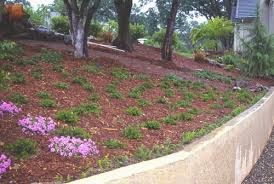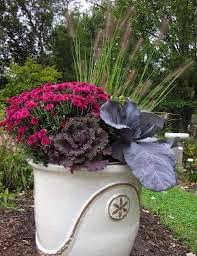Winter officially arrives next week and the cold
temperatures will settle in around most of the U.S. for a while. This impacts
us in many ways, including our lawn.
It’s no fun having ice on the lawn, unless you want your
lawn to be a skating rink. In addition to being slippery and unsightly, ice can
be damaging to your yard.
It’s not just the grass. Ice can also be damaging to plants.
If ice crystals form in the crown of the plants, plant cells can rupture,
eventually killing the plant.
Sheets of ice on grass and gardens can cause problems,
especially when the ice melts then re-freezes. It’s important to be aware of
what can cause ice problems besides, you know, the actual ice.
Lawns with poor drainage are particularly susceptible to ice
buildup and damage. The combination of standing water and cold temperatures can
be problematic. You can try and
remove and break up some of the ice with an ice chipper. You can also wait
until spring and warmer weather to assess damage and make repairs. The grass may
rebound by itself or it may need some help, such and re-seeding and watering bare spots to generate new grass.


















